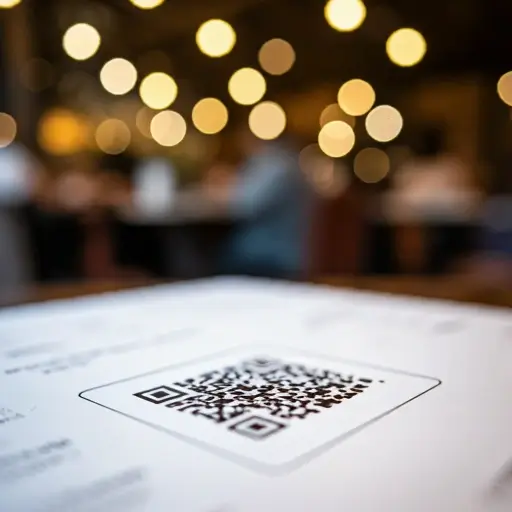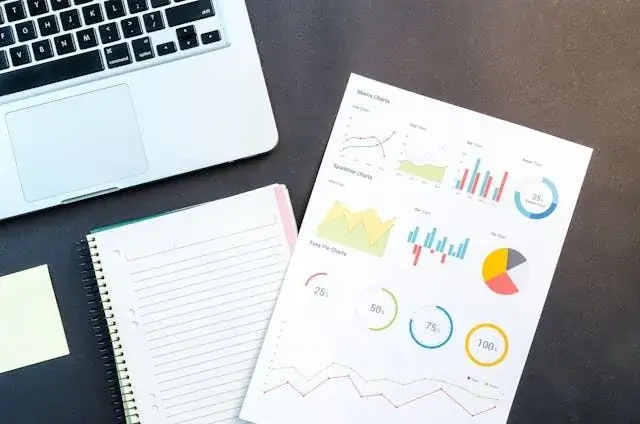
Deep Dive into QR Codes: Technology, Applications, and Future Trends
In today’s fast-paced digital world, convenience is king. QR codes, those ubiquitous black and white squares, have emerged as a simple yet powerful tool that is transforming the way we interact with technology and the world around us.
What are QR codes?
QR codes, or Quick Response codes, are two-dimensional barcodes that can be scanned using a smartphone camera. These codes store information in a matrix of black and white squares, which can then be read by a QR code reader app. The information encoded in a QR code can range from simple text to complex data, such as URLs, contact information, or even entire documents.
How are QR codes making our lives easier?
- Seamless Information Access: QR codes have made it incredibly easy to access information on the go. Whether it’s learning more about a product in a store, accessing a restaurant menu, or getting directions to a location, a simple scan of a QR code can provide all the details you need.
- Contactless Transactions: The COVID-19 pandemic accelerated the adoption of contactless payments, and QR codes have played a significant role. Many businesses now allow customers to pay for goods and services by scanning a QR code with their mobile payment app.
- Enhanced Marketing: QR codes have become a valuable tool for marketers. They can be used to create interactive campaigns, track customer behavior, and drive sales. For example, a QR code on a product package might lead to an exclusive online offer or a behind-the-scenes video.
- Improved Customer Experience: By providing quick and easy access to information, QR codes can significantly enhance the customer experience. For instance, museums can use QR codes to offer audio guides or additional information about exhibits, while restaurants can use them to display their menus in multiple languages.
- Streamlined Processes: QR codes can streamline various processes, from inventory management to event registration. For example, a manufacturing company can use QR codes to track the movement of products through the supply chain.
Real-world applications of QR codes:
- Healthcare: QR codes are used in healthcare for patient identification, drug tracking, and medical record access.
- Education: QR codes can be used to create interactive learning experiences, provide access to online resources, and facilitate communication between teachers and students.
- Travel: QR codes are used for boarding passes, hotel check-ins, and rental car pickups, making travel more convenient.
The future of QR codes
As technology continues to advance, we can expect QR codes to become even more integrated into our daily lives. Some potential future applications include:
- Augmented reality: QR codes could be used to trigger augmented reality experiences, allowing users to see digital content overlaid on the real world.
- Internet of Things: QR codes could be used to connect physical objects to the internet, enabling remote monitoring and control.
- Digital identity: QR codes could be used to store and verify personal information, such as vaccination records or driver’s licenses.
Conclusion
QR codes have come a long way since their inception, and their potential applications are vast. From simplifying everyday tasks to revolutionizing industries, these small, square codes are making a big impact on our world. As technology continues to evolve, we can expect to see even more innovative and exciting uses for QR codes.


